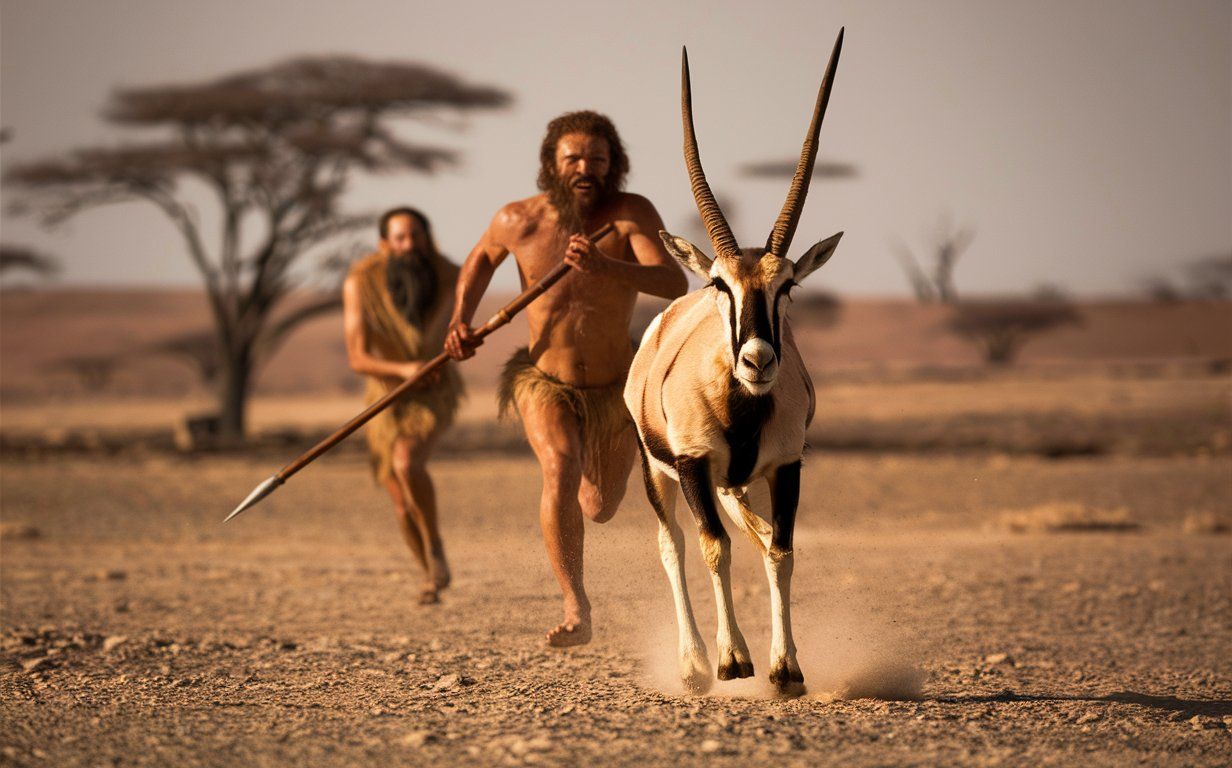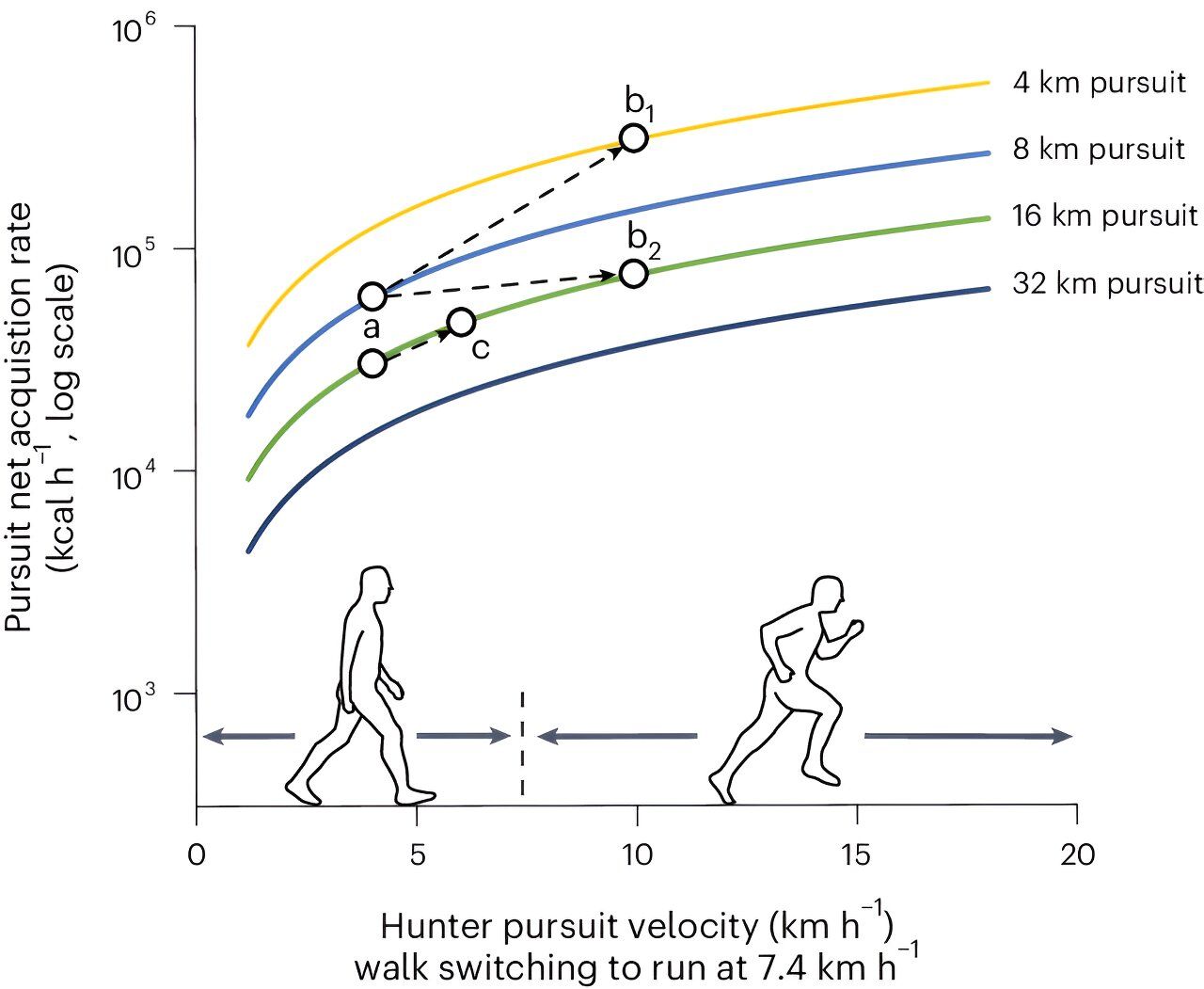The unique specificity of humans to run long distances: an understood evolutionary advantage
Follow us on Google News (click on ☆)

The study published in Nature Human Behaviour shows that humans likely developed the ability to run long distances to capture fast animals. The researchers reviewed previous studies on modern hunters and conducted new mathematical simulations to evaluate the caloric efficiency of this method.
Humans are distinguished by two unique anatomical characteristics: the ability to sweat profusely and leg muscles designed for endurance rather than strength. These traits allow humans to run long distances without quickly tiring, unlike many animals such as deer and bison, which are built for short sprints.
The theory of endurance hunting has often been dismissed due to a lack of direct evidence. However, Morin and Winterhalder uncovered about 400 historical accounts of endurance hunting, dating from the 16th century to the present. These accounts demonstrate that this hunting method was indeed used.
To determine if this method was calorically profitable, the researchers modeled the energy cost of running hunts. They found that, under optimal conditions, the energy obtained from consuming the prey far exceeded that expended in capturing it, especially if running was alternated with walking.

The modeled net acquisition rate for the pursuit of the oryx gazelle as a function of the hunter's speed and pace over distances from 2.5 to 20 miles (4 to 32 km). As the hunter's pace increases, the time required to capture the prey at a given distance decreases, and the net energy return rates (kcal) rise.
Credit: Nature Human Behaviour (2024). DOI: 10.1038/s41562-024-01876-x
The researchers conclude that early humans could effectively use endurance running to track their prey, a technique that would have been efficient and calorie-cost-effective.